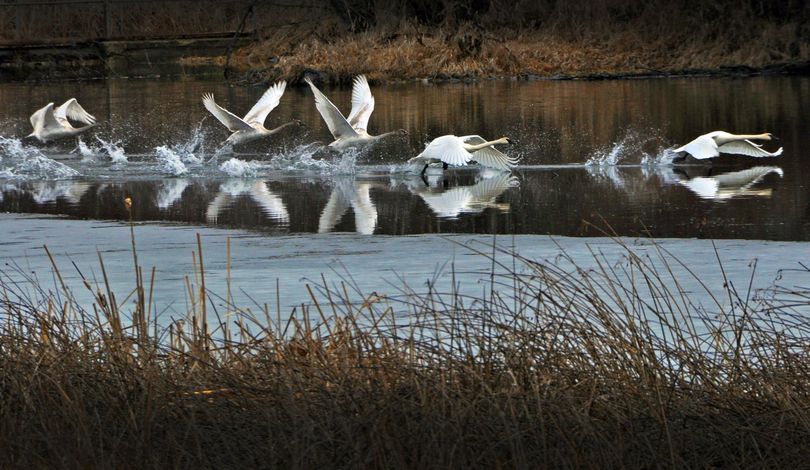Turnbull Wildlife Refuge gets high marks from visitors

REFUGES -- Most visitors to Turnbull National Wildlife Refuge in 2010 and 2011 were impressed with its recreational opportunities, education and services, according to a government survey released today.
About 90 percent of respondents gave consistent high marks to their refuge experience.
The survey, commissioned by the U.S. Fish and Wildlife Service and designed, conducted, and analyzed by researchers with the U.S. Geological Survey, evaluated responses from more than 200 adult visitors surveyed at the refuge between July 2010 and November 2011. Turnbull was one of 53 national wildlife refuges surveyed.
President Theodore Roosevelt designated Florida's Pelican Island as the first wildlife refuge in 1903. Today the 556 refuges in the National Wildlife Refuge System protect thousands of fish and wildlife while more than 400 of the refuges also are open to the public.
- Many refuges are known as popular sites for recreation such as hunting and fishing, paddling and hiking, environmental education programs and wildlife observation.
- More than 45 million people visited national wildlife refuges in 2011.
Where Turnbull visitors live: Seventy nine percent of Turnbull survey respondents live within 50 miles of the refuge but most nonlocal visitors said that visiting Turnbull Refuge was a primary purpose or sole destination of their trip.
The top three activities respondents participated in included wildlife observation (82%), bird watching (71%) and driving the auto tour route (67%).
Turnbull created: Prompted by local activists, sportsmen, and naturalists, President Franklin D. Roosevelt established Turnbull in 1937 as a refuge and breeding ground for migratory birds and other wildlife.
Located south of Cheney, the 16,000-acre Refuge supports an extensive complex of wetlands, Ponderosa pine forests, Palouse steppe, and riparian habitats. These habitats create exceptional species diversity, providing homes for hundreds of migratory birds, mammals, amphibians, reptiles, plants, and other life.
“Turnbull’s unique Channeled Scabland landscape formed by volcanic activity and glacial floods created diverse wildlife habitats that also attracts visitors from around the country,” said Turnbull Refuge Manager Dan Matiatos.
The survey found 94 percent of respondents were satisfied with the refuge’s job of conserving fish, wildlife and their habitats.
